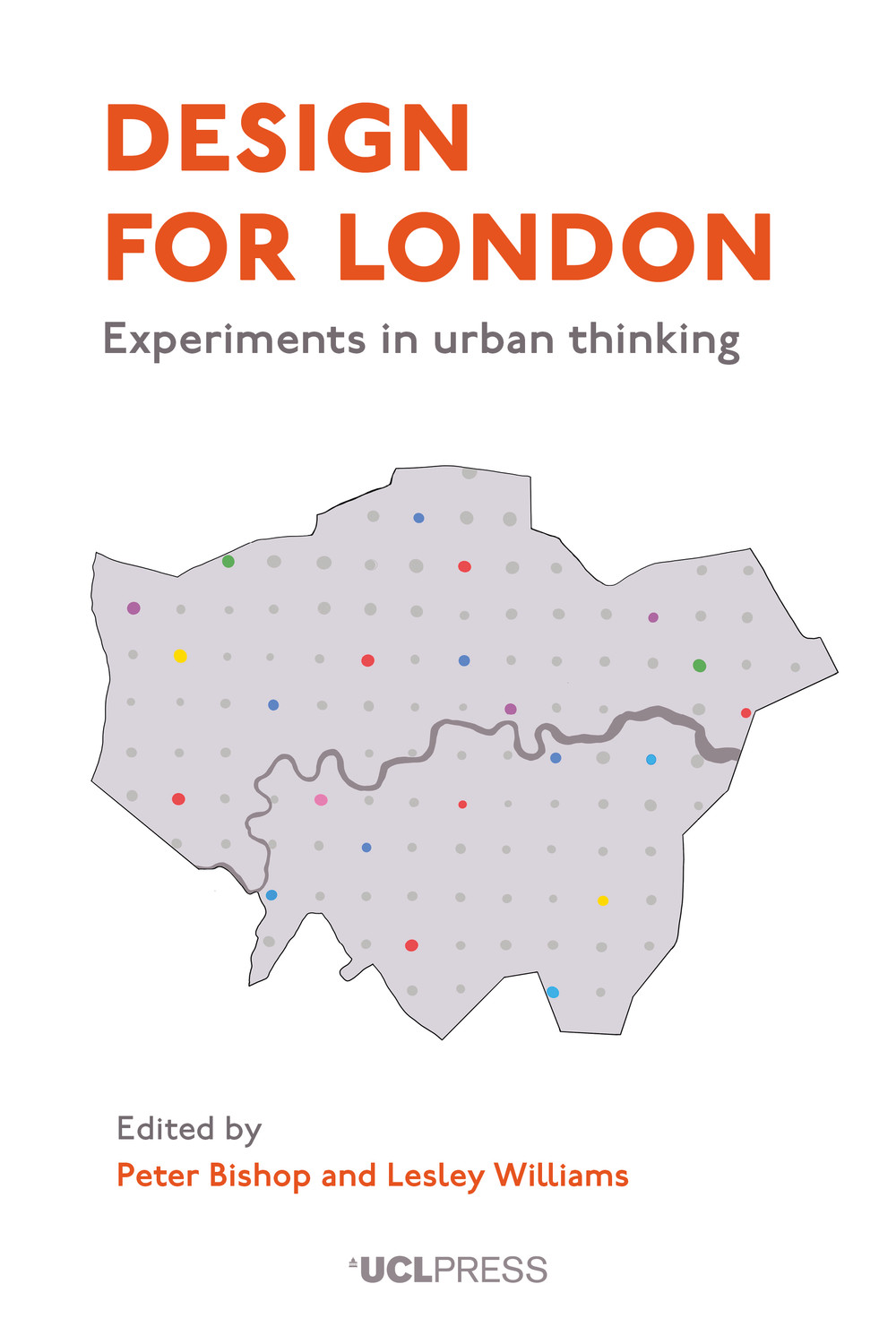Architecture and Fire
A Psychoanalytic Approach to Conservation
Stamatis Zografos
Architecture and Fire develops a conceptual reassessment of architectural conservation through the study of the intimate relationship between architecture and fire. Stamatis Zografos expands on the general agreement among many theorists that the primitive hut was erected around fire – locating fire as the first memory of architecture, at the very beginning of architectural evolution.
Following the introduction, Zografos analyses the archive and the renewed interest in the study of archives through the psychoanalysis of Jacques Derrida. He moves on to explore the ambivalent nature of fire, employing the conflicting philosophies of Gaston Bachelard and Henri Bergson to do so, before discussing architectural conservation and the relationship between listed buildings, the function of archives, and the preservation of memories from the past. The following chapter investigates how architecture evolves by absorbing and accommodating fire, while the penultimate chapter examines the critical moment of architectural evolution: the destruction of buildings by fire, with a focus on the tragic disaster at London’s Grenfell Tower in 2017. Zografos concludes with thoughts on Freud’s drive theory. He argues the practice of architectural conservation is an expression of the life drive and a simultaneous repression of the death drive, which suggests controlled destruction should be an integral part of the conservation agenda.
Architecture and Fire is founded in new interdisciplinary research navigating across the boundaries of architecture, conservation, archival theory, classical mythology, evolutionary theory, thermodynamics, philosophy and psychoanalysis. It will be of interest to readers working in and around these disciplines.
Praise for Architecture and Fire
‘This book offers a significant contribution to the field of architecture by exploring it through the lens of another discipline – psychoanalysis. Architectural conservation analysis is delivered through the readings of Freud, and Zografos writes with great enthusiasm for the philosophies of Bergson and Bachelard, which he juxtaposes to illustrate the importance of the archival practice in both architecture and psychoanalysis.’
Nela Milic, Senior Lecturer, University of the Arts
'Architecture and Fire presents us with a truly original engagement with issues of architecture and conservation through the lenses of psychoanalysis and philosophy. Here Zografos has created a stimulating proposition in the tradition of Bachelard and Bergson – at once intellectual, theoretical, provocative and poetic – while also being hugely relevant to our contemporary urban condition.'
Iain Borden, Professor of Architecture and Urban Culture, Vice-Dean Education at The Bartlett, UCL
'Architecture and Fire is an extraordinary book that uses the shape-shifting figure of fire – it is the power of creation and destruction – to think through and also to link critical questions about the creative process, the disasters of fire, history, thermal comfort, and architectural conservation and building regulation. The work is expeditionary, and it extends the intellectual traditions in philosophy and psychoanalysis represented by Ruskin, Freud, Bergson, Bachelard, from which it has emerged. This is the sort of extended critical inquiry that we are entitled to expect from the university, but which is becoming increasingly a rarity in contemporary academic research culture.'
Lorens Holm, Reader in Architecture, University of Dundee
Stamatis Zografos is a practising architect and academic. He is a Senior Teaching Fellow in Architectural History and Theory at UCL Bartlett School of Architecture and a Visiting Lecturer in Critical and Historical Studies at the Royal College of Art. He is also the founder of Incandescent Square, an interdisciplinary platform for research and design with interests spanning from architecture and urbanism to critical heritage and curating. His research is interdisciplinary focusing on the fields of architecture/conservation, psychoanalysis, memory and fire.
1. Introduction
2. On archives
3. On fire
4. On architectural conservation
5. Architecture and fire
6. Architecture on fire
7: Conclusion – A psychoanalytic approach to conservation
"Architecture and Fire is an extraordinary book that uses the shape-shifting figure of fire – it is the power of creation and destruction – to think through and also to link critical questions about the creative process, the disasters of fire, history, thermal comfort, and architectural conservation and building regulation. The work is expeditionary, and it extends the intellectual traditions in philosophy and psychoanalysis represented by Ruskin, Freud, Bergson, Bachelard, from which it has emerged. This is the sort of extended critical inquiry that we are entitled to expect from the university, but which is becoming increasingly a rarity in contemporary academic research culture." - Lorens Holm
"Architecture and Fire presents us with a truly original engagement with issues of
architecture and conservation through the lenses of psychoanalysis and
philosophy. Here Zografos has created a stimulating proposition in the
tradition of Bachelard and Bergson – at once intellectual, theoretical,
provocative and poetic – while also being hugely relevant to our
contemporary urban condition." - Iain Borden
'This book offers a significant contribution to the field of architecture by exploring it through the lens of another discipline – psychoanalysis. Architectural conservation analysis is delivered through the readings of Freud, opening up the memory studies interrogation of space and time in the new light. Internal and external boundaries that we inscribe to make sense of the world around us are mapped with the historical trajectory of our response to the element of fire that we learn about from Antiquity to today. Zografos writes with the great enthusiasm for Bergson’s and Bachelard’s philosophy which are juxtapositioned to illustrate the importance of the archival practice woven in both architecture and psychoanalysis.' - Nela Milic, University of the Arts, London
Format: Hardback
Size: 234 × 156 mm
208 Pages
34 colour illustrations
Copyright: © 2019
ISBN: 9781787353725
Publication: June 12, 2019
Related products
Expanding Fields of Architectural Discourse and Practice
Expanding Fields of Architectural Discourse and Practice presents a selection...








